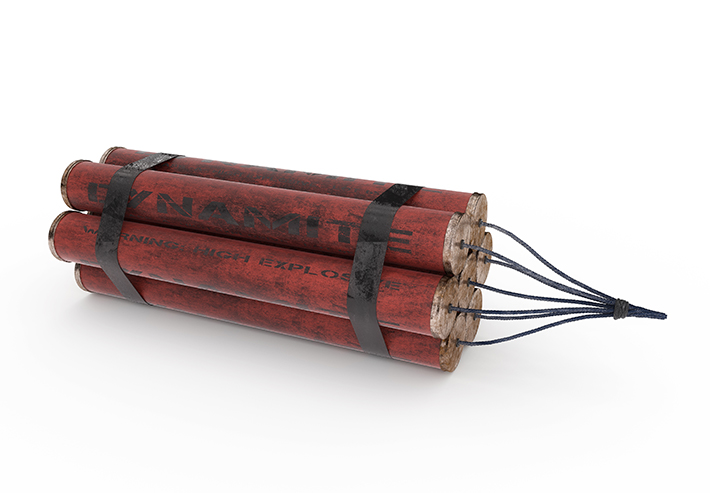Explosives Examination

Explosives Examination
ASTM International’s forensic sciences committee (E30) has approved three new standards that will aid the study of explosives in forensic investigations. The suite of standards, which cover terminology, intact explosives, and explosive residues, were developed by E30’s subcommittee on criminalistics (E30.01).
Forensic scientists, students, trainees, and those involved in legal matters will be the primary users of the new terminology standard that compiles terms and definitions relating to the analysis of explosives.
“This standard will support increased uniformity and consistency of language in communications among users, minimizing the potential for misinterpretations and misunderstandings,” says ASTM International member Kimberly S. Kunkler, Ph.D. “It will fill the need for a comprehensive terminology document for forensic explosives analysis.” Kunkler, a senior level forensic chemist with the U.S. Postal Inspection Services National Forensic Laboratory notes that the standard (E3196) will be referenced in several other proposed standards on the forensic analysis of explosives that the committee is developing.
According to Kunkler, the standard is based on terminology developed by the Organization of Scientific Area Committees for Forensic Science (OSAC) subcommittee on ignitable liquids, explosives, and gunshot residue (ILEGSR).
Additionally, two new standards will help examiners and investigators identify and analyze explosive material found at a crime scene. These standards cover examination schemes for intact explosives (soon to be published as E3253) and for explosive residues (soon to be published as E3329).
“Explosive materials, such as black powder, smokeless powder, dynamite, and pyrotechnics, are often recovered during criminal investigations,” says Michelle Evans, a supervisory forensic chemist with the U.S. Bureau of Alcohol, Tobacco, Firearms and Explosives. “These new standards are designed to aid forensic examiners in the analysis and identification of intact explosive materials and explosive residues that are submitted to forensic laboratories.”
Intact explosives are defined as materials that have not undergone decomposition due to deflagration or detonation. Explosive residues are materials that remain after an explosive deflagration or detonation. Forensic examiners with proper training will be able to refer to E3253 and E3329 to help them select appropriate methods for conducting explosives examinations.
Evans notes that both standards were developed within the OSAC ILEGSR subcommittee and were based on documents originally produced by the Technical/Scientific Working Group for Fire and Explosion Analysis (T/SWGFEX).
Anyone with experience in explosive analysis is welcome to join the committee’s work as it continues to develop proposed standards.
ASTM welcomes participation in the development of its standards. JOIN ASTM.
To purchase standards, contact ASTM International customer relations (tel +1.877.909.ASTM; sales@astm.org).